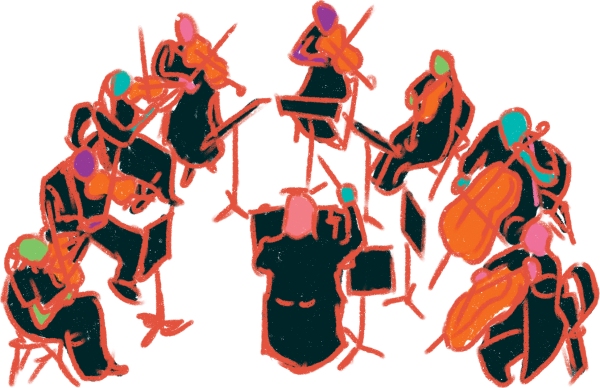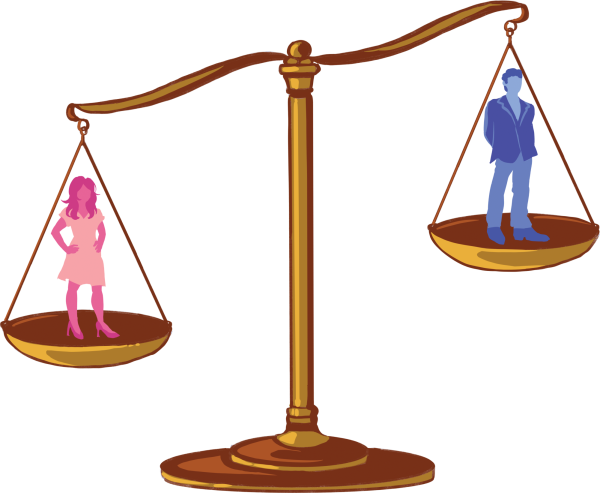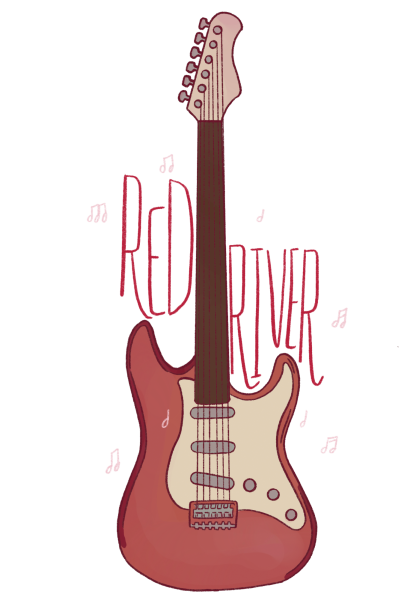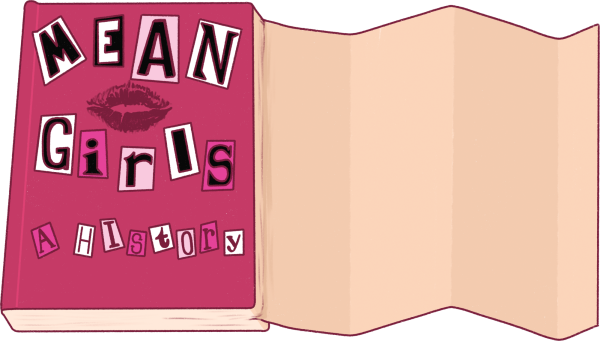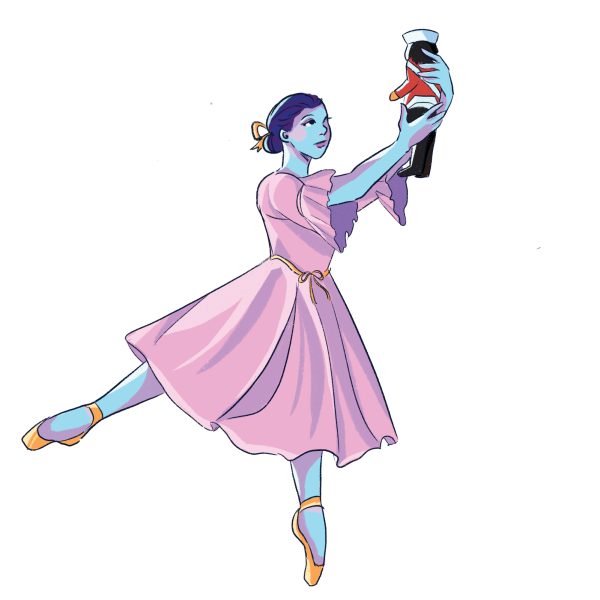Phillips’ “Joker” Shows Dark Backstory of Society’s Wild Card
November 4, 2019
Set in the chaotic, crime-filled Gotham City of 1981, “Joker” follows a professional clown and hopeful comedian named Arthur Fleck. He has a potentially made-up disorder which makes him laugh overwhelmingly at inappropriate times. In 1981, Arthur is caught in a period of transition between being a poor outcast with dark thoughts and a murderous villain with grand plans for the dysfunctional society he lives in.
Director Todd Phillips was first inspired to film a standalone Joker backstory in 2016, influenced by Martin Scorsese and his 1976 film “Taxi Driver.” Scorsese collaborated with Phillips at various points during the earlier development stages. Arthur is played by Joaquin Phoenix, whose past weird behavior in real life and well-respected acting ability made him the perfect fit for the part in the eyes of many fans. Robert De Niro plays Murray Franklin, the host of a talk show in Gotham that Arthur strives to be on one day. The other major characters are Arthur’s neighbor Sophie, played by Zazie Beetz from the TV show “Atlanta,” and his mother Penny Fleck, played by Frances Conroy. Besides them and a few other characters who make shorter appearances, there isn’t really anybody else involved in the plot, reflecting Phillips’ desire to mainly focus on the story of Arthur and his little world around him.
The opening scene shows Arthur at a therapist appointment where he says he is getting worse and that all he has inside are negative thoughts. The film shifts to Arthur putting on clown makeup at his desk, giving him the appearance of smiling. Afterward, he goes out onto the street and dances with an advertising sign, which is taken by a group of mischievous boys. Arthur sprints behind them through traffic and slides into an alley, where he is beaten up and kicked on the ground. The angle turns to Arthur sobbing on the concrete behind the movie title in grey-yellow letters that fill up the screen. The combination of calmer colors and the sounds of a violin present the viewer with what kind of tone the movie will have.
Every night, Arthur watches Murray Franklin’s talk show. He imagines himself being selected from the audience after laughing and sharing his story. In his fantasy, Murray says Arthur is the son he never had. This is relevant because a major element of the film is Arthur trying to figure out who his father is. Arthur’s mom is adamant about receiving a letter from Thomas Wayne, which Arthur figures out could relate to a possible cover-up of an affair between them.
At one point, it seems like this version of Joker’s story suggests he and Batman could be half-brothers. However, after confronting Thomas and stealing files from Arkham Asylum, he learns he was truly adopted and his mother was most likely insane and made everything up. The matter is never truly solved and presented to the audience, though, making the possibilities interesting. Arthur also discovers that he was beaten by his mother’s abusive boyfriend when he was a child. This could have been his first step down a dark road in life.
Another important event in the evolution from Arthur to Joker is when he murders three Wall Street businessmen, who are also alluded to being sexual predators, on the subway in his full clown get-up. Thomas Wayne makes a remark on TV that low-lifes are all stupid clowns. Believing in Arthur’s actions as a heroic, this causes lower class citizens to dress as clowns and riot against the upper-class.
The last straw for Arthur is when the Gotham City Council disbands social services, stopping Arthur’s flow of medication and adding a new homicidal dimension to his mental illness. Because his laughter is even more wild than before, he bombs his first comedy show and is invited onto Murray’s show so he can be made fun of. On the way to the show, Arthur walks down a famous set of stairs in the Bronx, a recurring location in the film, with his full Joker attire on, dancing with a smile on his face. There are many scenes of just Arthur dancing to cello or old jazz music, which was a strategic move to further establish his creepy vibe.
On live air, Arthur proudly takes responsibility for the subway murders and claims that if he had been killed, they would just step over his body. This brings together an argument of the film that a torn, inhumane society transformed a victim into a villain they couldn’t handle. To conclude, Arthur says Murray is just like every other mean person out there, stating something along the lines of“what do you get when you mix a cruel society with a broken down, mentally ill person? You get what you deserve!”. He then shoots Murray, which is arguably the moment society is truly introduced to Joker.
Although many scenes in the movie portray Arthur as a cruel, psychopathic monster, one scene where two of his co-workers visit him shows a merciful side of his character. Randall, who lent Arthur a gun and got him fired, and Gary, a dwarf, come over to his apartment one day, but Randall’s visit is cut short when he is gruesomely stabbed by Arthur as revenge for throwing him under the bus. This obviously terrifies Gary, who tries to escape but can’t reach the doorknob. Arthur helps him open the door and lets him go because, as he says, Gary was the only person who treated him as another human being, showing if society had acted better towards Arthur, maybe his Joker persona and evolution never would have existed.
“Joker” has been extremely well-received by audiences worldwide, with a 68% score on Rotten Tomatoes reflecting the voice of critics. It topped the box office in the first two weekends of its release and grossed $563 million, the tenth-highest movie grossing of 2019. It also broke the October record previously held by “Venom.” Many fans think Phoenix’s performance will be nominated for an Oscar, and “Joker” itself already won an award at this summer’s Venice Film Festival, followed by an eight-minute standing ovation. The release of the movie has also led to some controversy, though. The U.S. Army suspected some men who feel represented by the character of the Joker would attack theaters on opening weekend, yet luckily nothing happened.
While “Joker” may be an important cultural movie to watch in this day and age, it is still very dark and unsettling to watch (which also wraps the reader into the story and never bores). It’s not supposed to be a witty, action-packed superhero movie, so fans of “The Dark Knight” are more likely to enjoy it than “Guardians of the Galaxy” fans. “Joker” is not about how the good are saved by superheroes, but how evil is ironically punished by villains they shaped and deserve.

